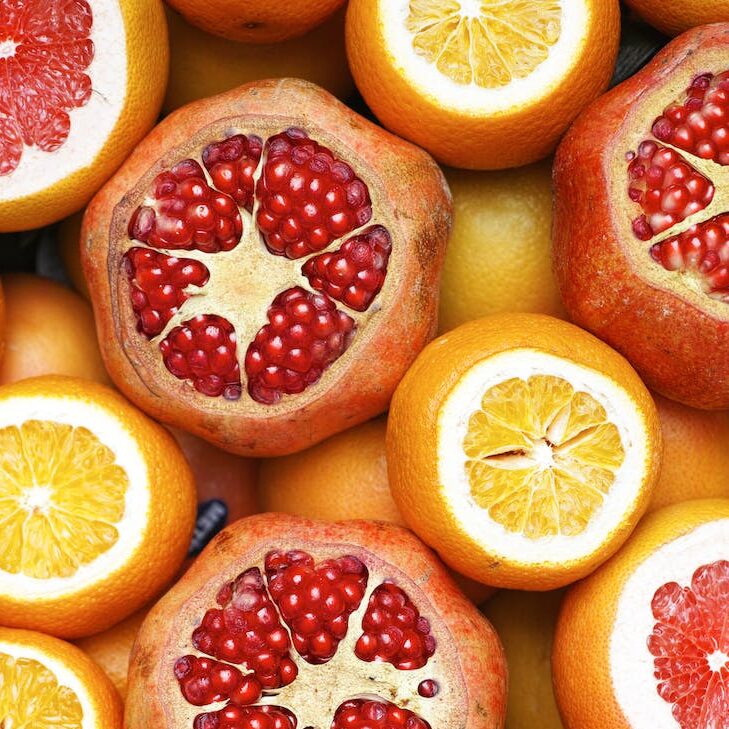
High blood pressure, or hypertension, is often referred to as the “silent killer” because it can quietly damage your body for years before symptoms become noticeable. Left untreated, it can lead to serious health problems, including heart disease, stroke, and kidney damage. The good news is that one of the most effective and natural ways to combat high blood pressure is through diet. The Dietary Approaches to Stop Hypertension (DASH) diet has emerged as a dietary hero in this battle against hypertension.
Understanding Hypertension
Before we delve into the DASH diet, it’s important to understand hypertension. Blood pressure is the force of blood against the walls of your arteries, and it’s measured in millimeters of mercury (mmHg). It’s typically recorded as two numbers:
- Systolic pressure (the top number) is the force when your heart beats.
- Diastolic pressure (the bottom number) is the force when your heart rests between beats.
A normal blood pressure reading is around 120/80 mmHg. Hypertension is generally defined as having a blood pressure reading consistently higher than 130/80 mmHg. High blood pressure can have various causes, including genetics, obesity, stress, and an unhealthy diet, and it significantly increases the risk of cardiovascular diseases.
The Birth of the DASH Diet
The DASH diet was developed through research sponsored by the National Heart, Lung, and Blood Institute. Its primary goal was to determine the most effective dietary patterns for reducing hypertension. The study included over 450 people and spanned multiple phases.
Researchers found that a diet high in fruits, vegetables, whole grains, lean protein, and low-fat dairy products had a substantial impact on blood pressure. This diet, eventually coined the DASH diet, not only lowered blood pressure but also proved to be beneficial for overall heart health.
The DASH Diet in Action
So, what does the DASH diet entail?
- Fruits and Vegetables: The DASH diet encourages ample servings of fruits and vegetables. These are rich in essential vitamins, minerals, and dietary fiber that support healthy blood pressure levels.
- Whole Grains: Opt for whole grains like brown rice, whole wheat pasta, and quinoa. They are packed with fiber, vitamins, and minerals that contribute to overall heart health.
- Lean Protein: Lean protein sources like poultry, fish, and beans take center stage. These options provide the necessary protein without the saturated fat found in red meat.
- Low-Fat Dairy: Choose low-fat or fat-free dairy products. They provide essential calcium and protein without the saturated fats that can elevate blood pressure.
- Nuts, Seeds, and Legumes: These are excellent sources of healthy fats, protein, and fiber. They are also associated with better blood pressure control.
- Limit Sodium: Reducing sodium intake is crucial. The DASH diet recommends a daily sodium intake of no more than 2,300 milligrams, but an ideal goal is 1,500 milligrams, especially for those with high blood pressure.
- Sweets and Added Sugars: Sweets should be consumed in moderation. Reducing sugary beverages and processed foods is essential for controlling blood pressure.
- Alcohol: If you drink alcohol, do so in moderation. The DASH diet recommends up to one drink per day for women and two drinks for men.
The DASH Diet’s Impact
Studies have shown that the DASH diet can significantly lower blood pressure, often within just a few weeks of implementation. It also offers a range of other health benefits, including:
- Reduced risk of heart disease and stroke.
- Improved cholesterol levels.
- Better weight management.
- Enhanced insulin sensitivity, which lowers the risk of type 2 diabetes.
Making the DASH Diet a Lifestyle
To fully benefit from the DASH diet, it should become a long-term lifestyle. Here are some practical tips:
- Gradual Changes: Start by making gradual changes to your diet rather than attempting a complete overhaul. Small, sustainable steps can lead to lasting improvements.
- Meal Planning: Plan your meals and snacks to ensure they align with the DASH diet’s principles.
- Consult a Dietitian: If you have hypertension or other health concerns, consider consulting a registered dietitian for personalized guidance.
- Monitor Your Progress: Keep track of your blood pressure and any other health indicators relevant to your situation. Share this information with your healthcare provider.
- Lifestyle Factors: Combine the DASH diet with other healthy lifestyle choices, including regular physical activity and stress management.
In conclusion, the DASH diet is a nutritional powerhouse in the fight against hypertension. Its emphasis on whole, unprocessed foods and reduced sodium intake aligns with principles of heart-healthy eating. As with any dietary change, it’s important to consult with a healthcare professional, especially if you have specific health concerns. The DASH diet, when consistently followed, can be a powerful tool for not only reducing high blood pressure but also promoting overall well-being.



